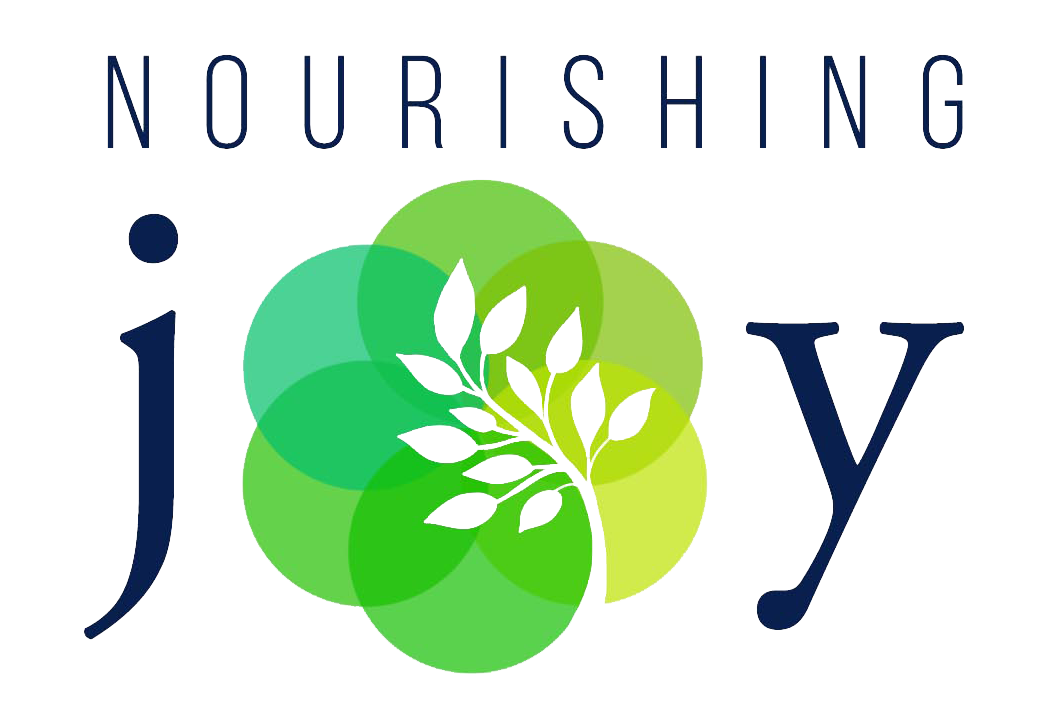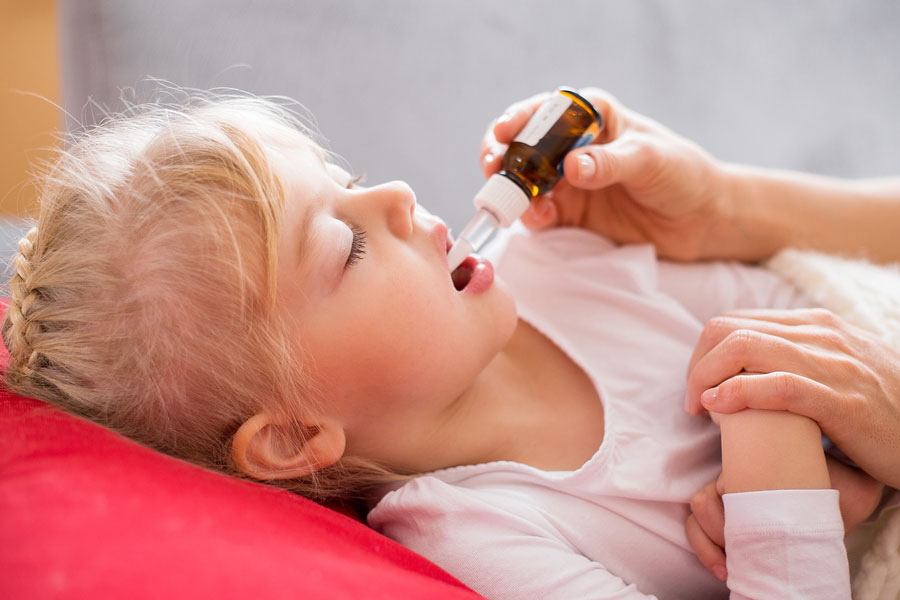How to Know If You’re Dosing Your Child Correctly with Herbal Tinctures
This post may contain affiliate links, including those from Amazon.com, which means we earn a small commission off your purchases. And here's the thing: We only mention services and products that we think are truly worth your attention, whether they're free, paid, or otherwise. This site relies on YOUR trust, so if we don't stand behind a product 110%, it's not mentioned. Period.
Herbal tinctures are a wonderful way to help your children heal when they're sick.
(In addition to rest, immune-boosting foots, and plenty of fluids, of course!)
Tinctures provide a concentrated extract of beneficial herbs to help boost your child's immune system. They're shelf-stable, easy to make, and retain their medicinal properties longer than other forms of herb preparations. They're also fast-acting, meaning they're readily absorbed by the body and start working quickly after you've ingested them.
So, tinctures are a great way to go, but the question is: how do you know how much tincture to give your child, especially if you've made a homemade tincture?
Well, before I get on to two popular ways to calculate child's dosages (and this works with both tinctures and conventional medications), let me point you toward my favorite herbal throat spray for cough, cold, and flu. It brings lovely relief for children and adults alike, so be sure to print it out for quick reference!



How to Calculate Children's Dosage for Medicines and Herbal Tinctures
Heads-up: If you're interested in dosing tinctures properly, you might want to check out our how to use essential oils safely printable as well!
There are two formulas that are used widely to calculate children's dosages: Clark's Rule and Young's Rule.
(There are others as well, but for the sake of simplicity, I just want to include these two, as they're more than sufficient for our at-home dispensary purposes.)
Clark's Rule calculates the dosage by weight, which I prefer because if you calculate by age, you may end up with the same result for a 23-pound just-turned-2-year-old girl as you do for a 34-pound almost-3-year-old boy.
However, both are valid, so use whichever you prefer.
And I am legally bound to remind you: I am not a doctor nor a pharmacist. What you read here does not constitute medical advice. I'm merely sharing what I have learned over the years and it is your responsibility to do your own due diligence, including consulting a healthcare professional you trust.
Okay, so on to the good stuff. 😉
Clark's Rule
Clark's Rule is calculated using pounds (lb), NOT kilograms
Here is the formula:
Divide the child’s weight (in pounds) by 150, then give the child that fraction of the adult dose as the appropriate child’s dose.
For example, for a 50 pound child give 50/150 (or 1/3) of the adult dose.
Therefore, if the adult dose is 30 drops taken 3 times per day, the child’s dose will be 10 drops taken 3 times per day (not 30 drops taken 1 time per day).
CLARK'S RULE: Adult dose x (weight/150) = child's dose
“But, Kresha,” you say, “I made the tincture myself! There's no label. How do I know how much to give?”
Well, in that case, you need to go back to whatever recipe you made and look to see the prescribed dosage.
If there is no dosage listed in the recipe, there are two primary schools of thought on how to dose:
1. “30 drops, 3 times a day” tends to be a standard dosage for most tinctures for adults trying to fend off or heal a non-chronic illness, such as cough or cold.
2. “Tailor your dosage to what you observe.” Whether you're dosing yourself or your child, you can observe the reaction and how you feel, and thus can adjust the dosage accordingly, keeping the rule of thumb that the dose of medicine should be the smallest quantity that will produce the desired result.
Herbalist John M. Scudder wrote, “As a rule, the dose of medicine should be the smallest quantity that will produce the desired result. The proper dose, or that which gives the best result, is very much smaller than one who has been used to the large doses of indirect medicine would suppose possible… The dose will vary in different cases, and with different practitioners… I am satisfied that the size of the dose does not make such difference as has been thought, and that the essential element of success is to get the right remedy.”
In this case, the right remedy is that which makes noticeable difference in helping you or your child heal. The recipe I've shared above for the herbal throat spray has certainly made a difference in our family, so for us, it's the right remedy.
Young's Rule
Young's Rule uses age instead of weight.
Here is the formula:
Adult dose x (age ÷ (age+12)) = child's dose
For example, if you have an 11-year-old girl and you're working with that same 30 drops, 3 times a day adult dose, here's how it would be figured out:
30 drops x (11 ÷ (11+12)) = child's dose
30 drops x (11 ÷ 23) = child's dose
30 drops x .48 = child's dose
Child's dose = 15 drops, 3 times a day
In light of the wisdom that the dose of medicine should be the smallest quantity that will produce the desired result, you can see why I prefer Clark's Rule!
With that, happy healing and tincturing!
Is there a method you favor for figuring out children's doses? If so, PLEASE do leave a comment and share your tip with the community!





